If you want to bake with less sugar, first you have to understand the role sugar plays in baked goods before you can cut it from your recipes. The book Baking with Less Sugar is a great resource for learning more on the subject.
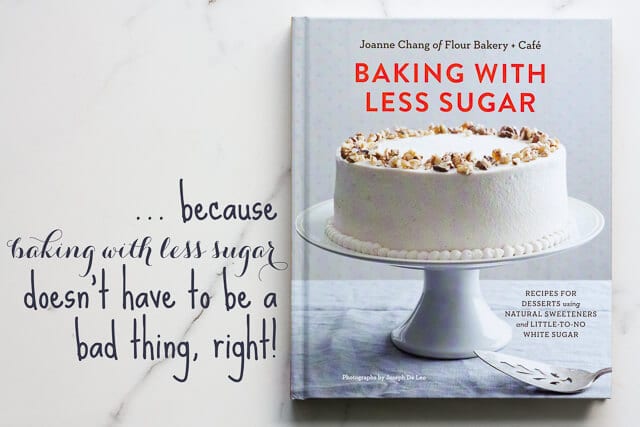
When you look at the quantity of sugar and sweet in most recipes (including mine), and then you look at the recipes in this book, it honestly seems like the recipes in this cookbook can't work or that they shouldn't work. I expected that the results wouldn't be good. Right? After all, sugar plays the following roles in baked goods:
- lightens the crumb and allows you to incorporate more air into batters
- brings out the flavour in baked goods so that they don't taste bland or under-sweetened
- adds moisture to baked goods, keeping them from drying out
- preserves baked goods by absorbing moisture
Joanne Chang dedicated a whole book to reducing sugar in baked goods, called Baking with Less Sugar: Recipes for Desserts Using Natural Sweeteners and Little-to-No White Sugar, published by Raincoast Books (available on Amazon and Amazon Canada). So, for the past week or so, I've been baking my way through because I am was a baker that firmly believed that every gram of granulated white sugar was absolutely necessary and that not even a teaspoon of it could be spared. I think a lot of bakers would agree.
I went into this review with a little skepticism, and I wouldn't necessarily have believed any of it if it weren't for Joanne Chang's name on the cover (remember I tried out her recipe for apple coffee cake from her first Flour bakery cookbook). Her recipes are always solid and if anybody can make baking with less sugar work, it's Joanne Chang. I trust her!
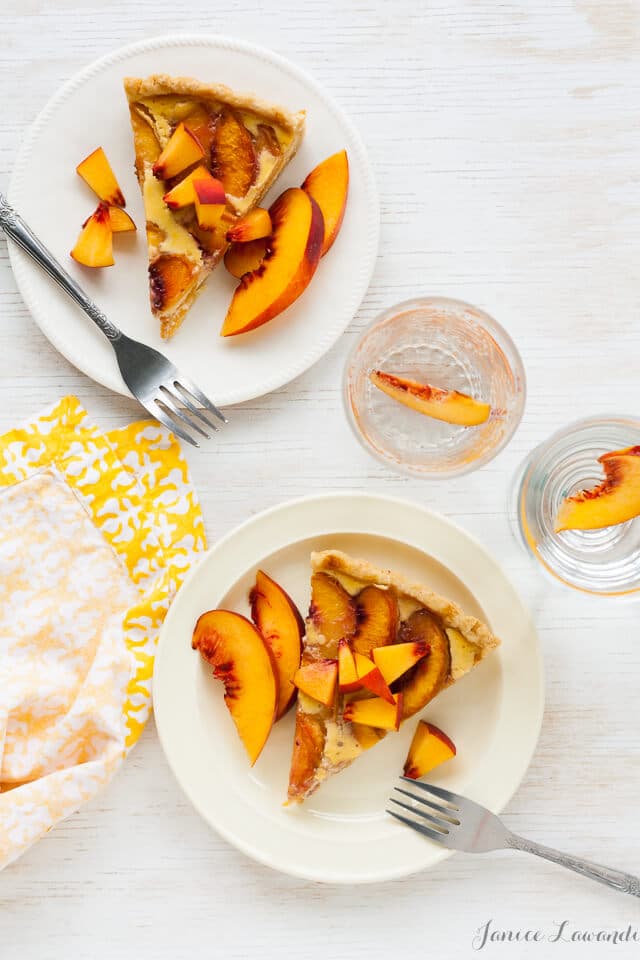
About the book, Baking with Less Sugar
The book is divided into five chapters around the various ways of reducing or eliminating white sugar from baked goods:
- Chapter 1 covers drastically reducing the white sugar in recipes because that is the first thing I think most people try to do when they are trying to bake a little "healthier"
- Chapter 2 discusses how to use chocolate instead of sugar to sweeten chocolate baked goods without adding any sugar (because chocolate has some added sugar to begin with, so why add more?) .
- Chapter 3 is about sweetening with honey instead of white sugar
- Chapter 4 expands further on baking with less refined "liquid" sugar, using maple syrup and molasses
- Chapter 5 is focused on "Fruit is Sweet", a concept that has been explored by others, but I don't think to the extent that Chang has.
To test this book, I chose to make three of the recipes: one recipe from the first chapter about reducing the white sugar (these blueberry bran muffins with only ⅓ cup sugar in 12 muffins!), one recipe from the chapter using fruit instead of sugar to sweeten baked goods (pecan-date shortbread cookies sweetened with, you guessed it, dates), and a final recipe that is sweetened with honey (fresh peach ricotta tart with 4 tablespoons of honey total for a 10-inch tart).
All three recipes I tried were big hits. I didn't miss the sugar (and neither did my family and friends), and I'd honestly make everything again. Overall, I noted that I had to bake the shortbread a little extra than the recommended time to dry them out a little more, and for the blueberry bran muffins, next time I might try using a half cup less of blueberries just because a couple of the muffins seemed overwhelmed with blueberries (and consequently a little harder to get out of the pan). For the peach tart, I was blown away by the all-butter crust recipe made in a stand mixer instead of by hand or in a food processor, but I wish there was an extra step in the blind-baking towards the end, without the beans, to better dry out the bottom of the crust.
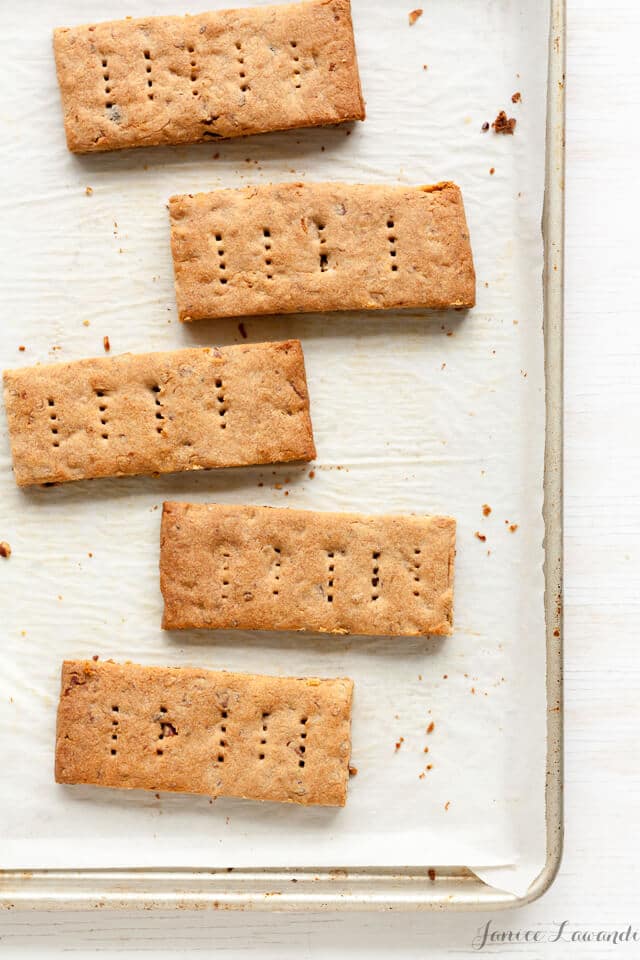
I love that the book has measurements in cups and grams, especially that Chang fills her cup of flour differently than I do: when I weigh out a cup of flour, it's about 125 grams, but when Chang reports her flour measurements, 1 cup is 140 grams, which is a tablespoon-or-so more, and that could make a difference in some of the recipes. By the way, Chang's conversion of cups of flour to grams is the same as America's Test Kitchen uses. I've got my own list of baking conversions if you want to see how I convert cups to grams for this website.
My only complaint about the book is in the "Fruit is Sweet" chapter, while I appreciate opting for a supposedly more "natural" source of sweetness, like dates, I don't think we should kid ourselves here: using fruit juice concentrate isn't ideal either and it is full of sugar, even if it's not added sugar. Still, I think this book is a big step in the right direction, and I look forward to applying what I've learned, and of course, more books from Joanne Chang.
My experience baking with less sugar is, shall we say, limited. There was that time where I accidentally cut the sugar when working on this recipe for reduced blood orange pâte de fruits. That was a math error that had me tweaking a recipe for days to make it work! Cutting back or removing the sugar from most baking recipes is very challenging if you want to achieve results that are as good as the original. But this book has taught me a ton about how to skillfully bake with less sugar in the future.
You can get your hands on Joanne Chang's Baking with Less Sugar: Recipes for Desserts Using Natural Sweeteners and Little-to-No White Sugar on Amazon and Amazon Canada.
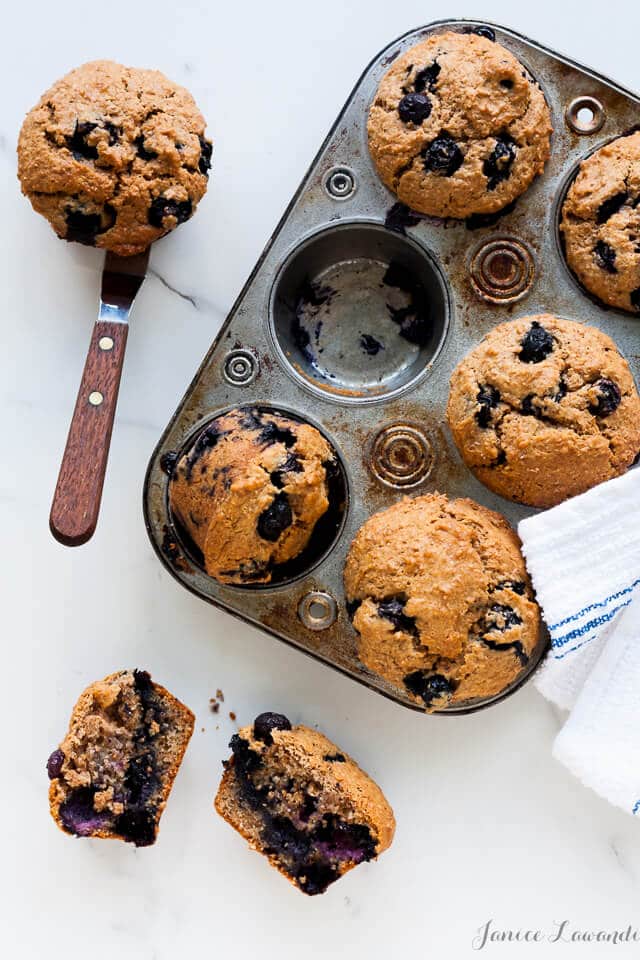
Raincoast Books offered me one copy of this book, plus the opportunity to host a giveaway. As always, please know that I wouldn’t work with a sponsor nor recommend a product if it wasn’t worth it. I tested three recipes from the book before coming to the conclusion that this book is awesome.

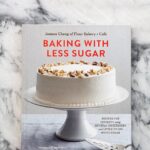
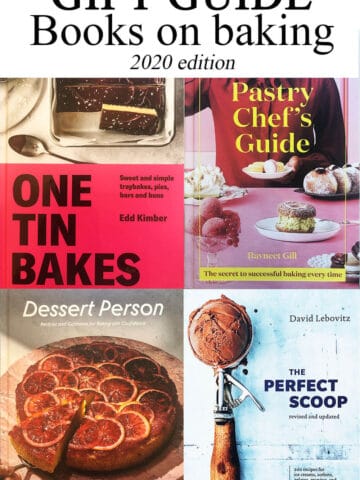

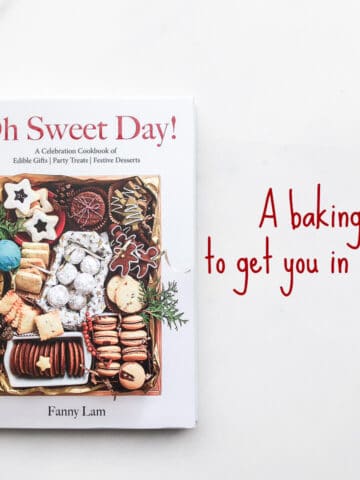
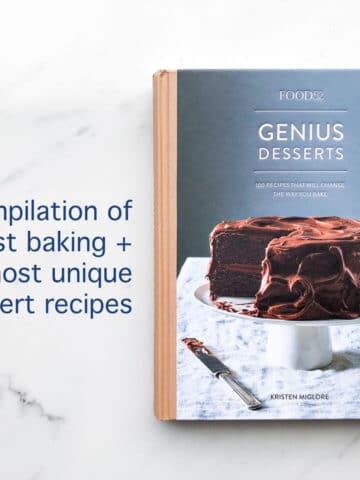
Leave a Reply